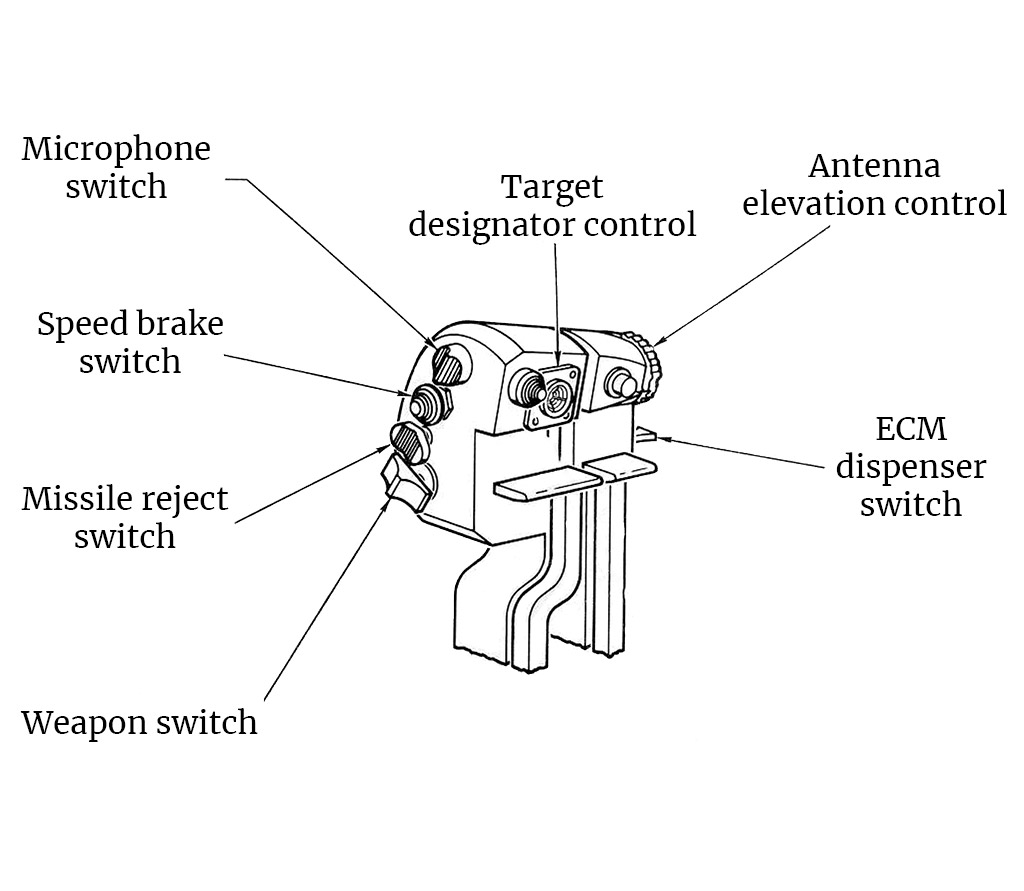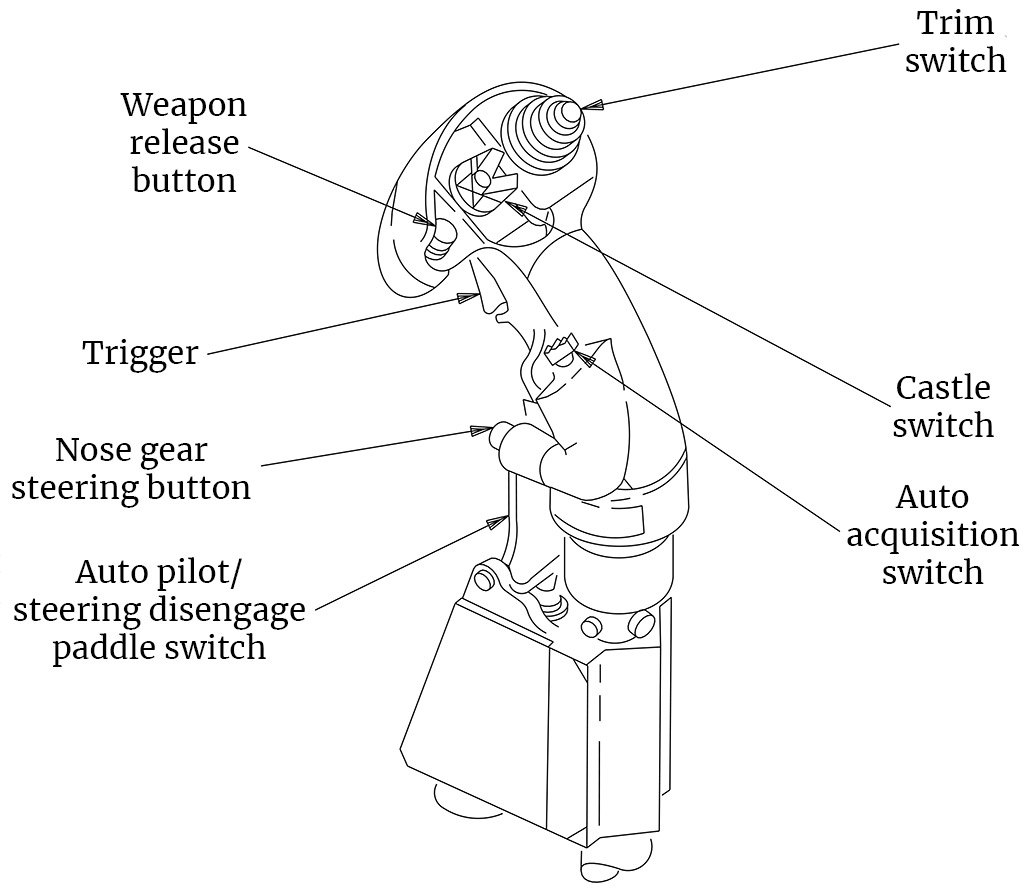A set of 17 training missions for the DCS F-15C set in the Caucasus covering all important aspects of flying the F-15C, aimed at both beginners and intermediate pilots
These missions are aimed towards players who are new to DCS and fairly new to flight sims in general, and so attempt to strike a difficult balance between accessibility (avoiding information overload) and covering everything important. However, I also recommend these to anyone interested in becoming more proficient in the F-15. They're generally intended as a supplement to the DCS F-15C manual, but I also go over some aspects that are undocumented (i.e., not in the manual), such as autopilot operation and air-to-air refueling.
(This material is not made or supported by Eagle Dynamics SA.)
Download the missionsPlease let me know if you have any feedback, suggestions, or bug reports! You can join the discussion thread on ED Forums or send me a private message over there, or just send me an email.
The following notes cover material from the training missions that are not included in the official F-15C manual, and are intended as a supplement to the manual.
Last updated 1 February 2021

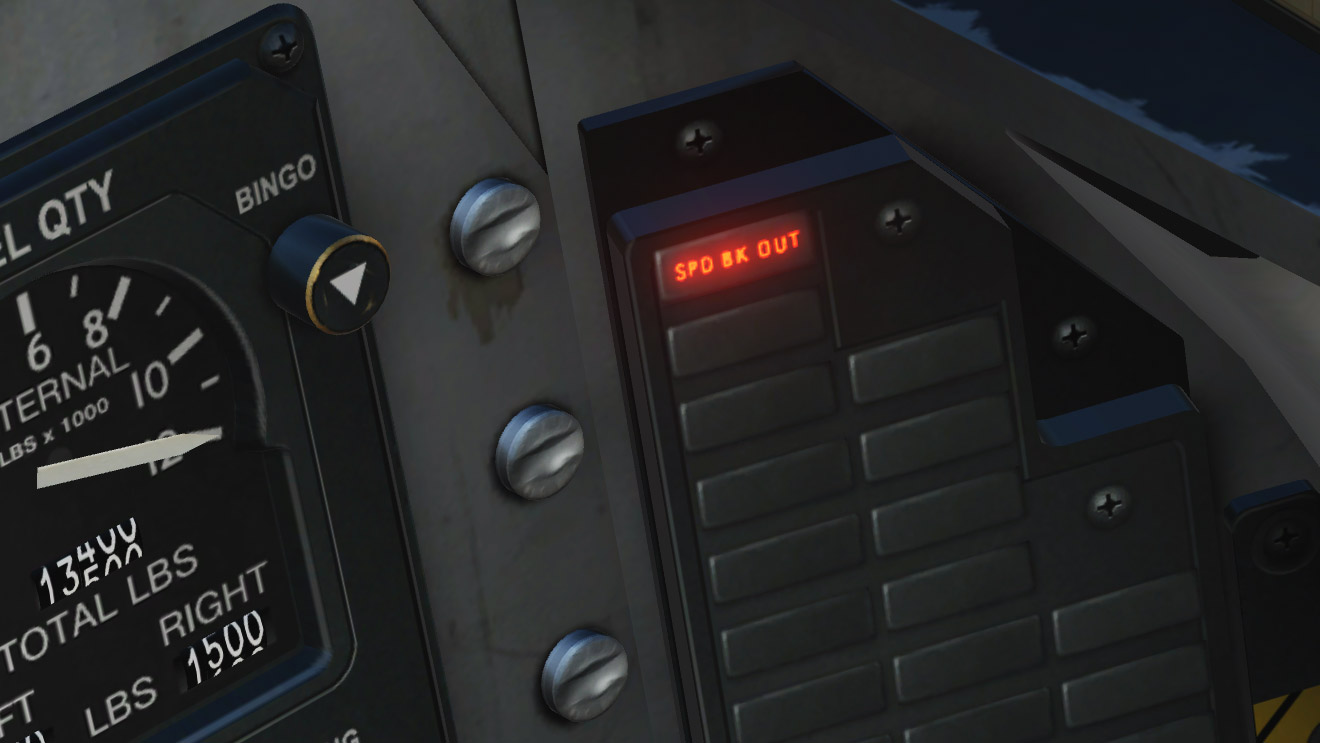
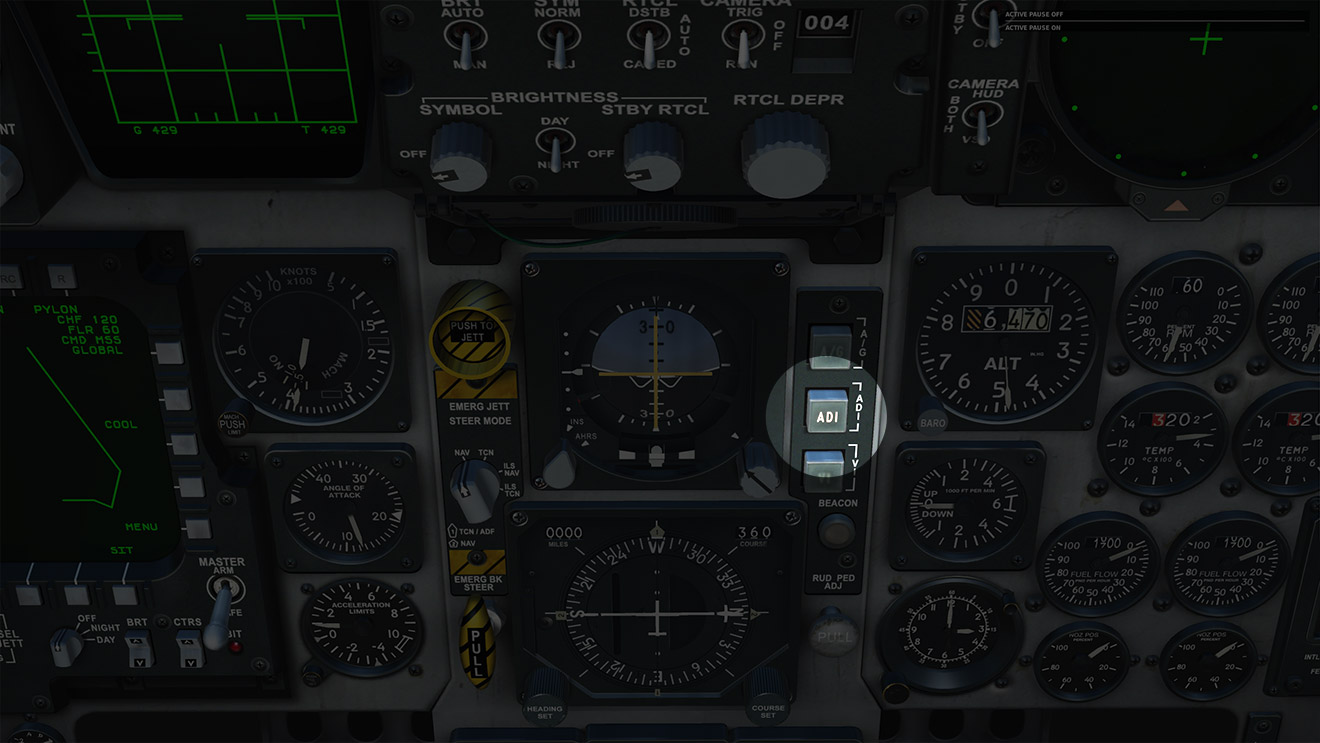


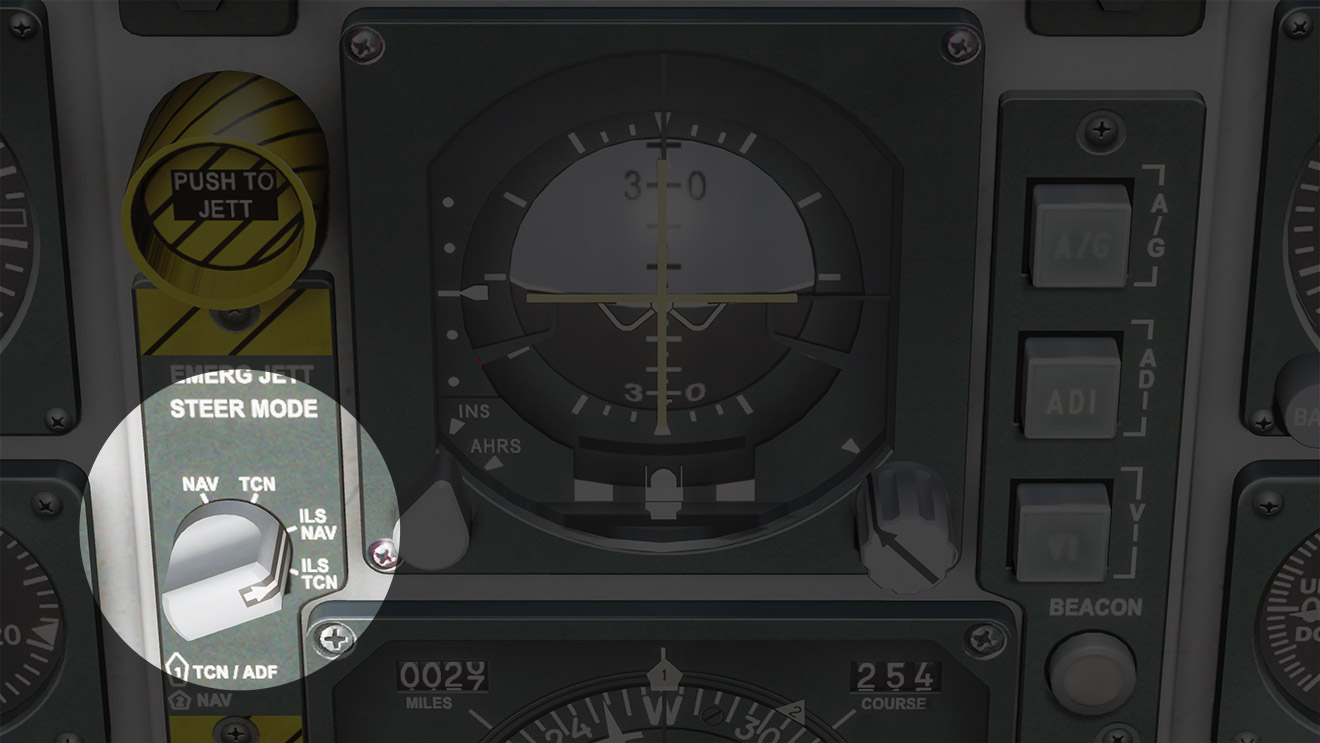
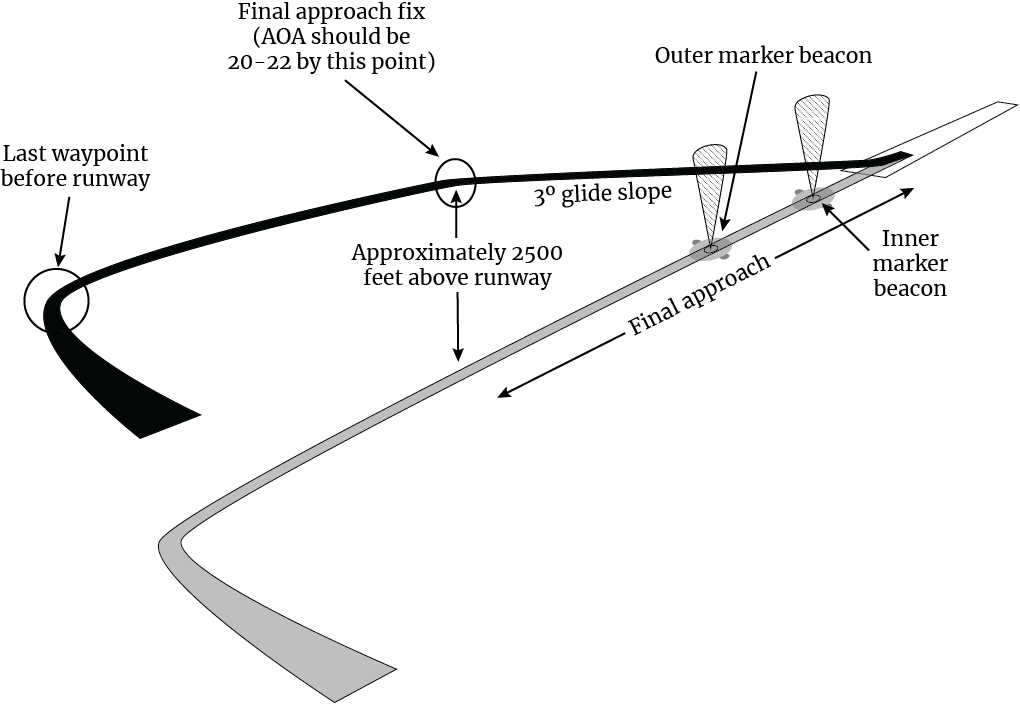

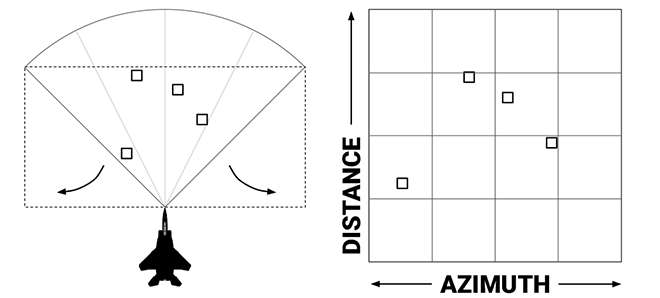
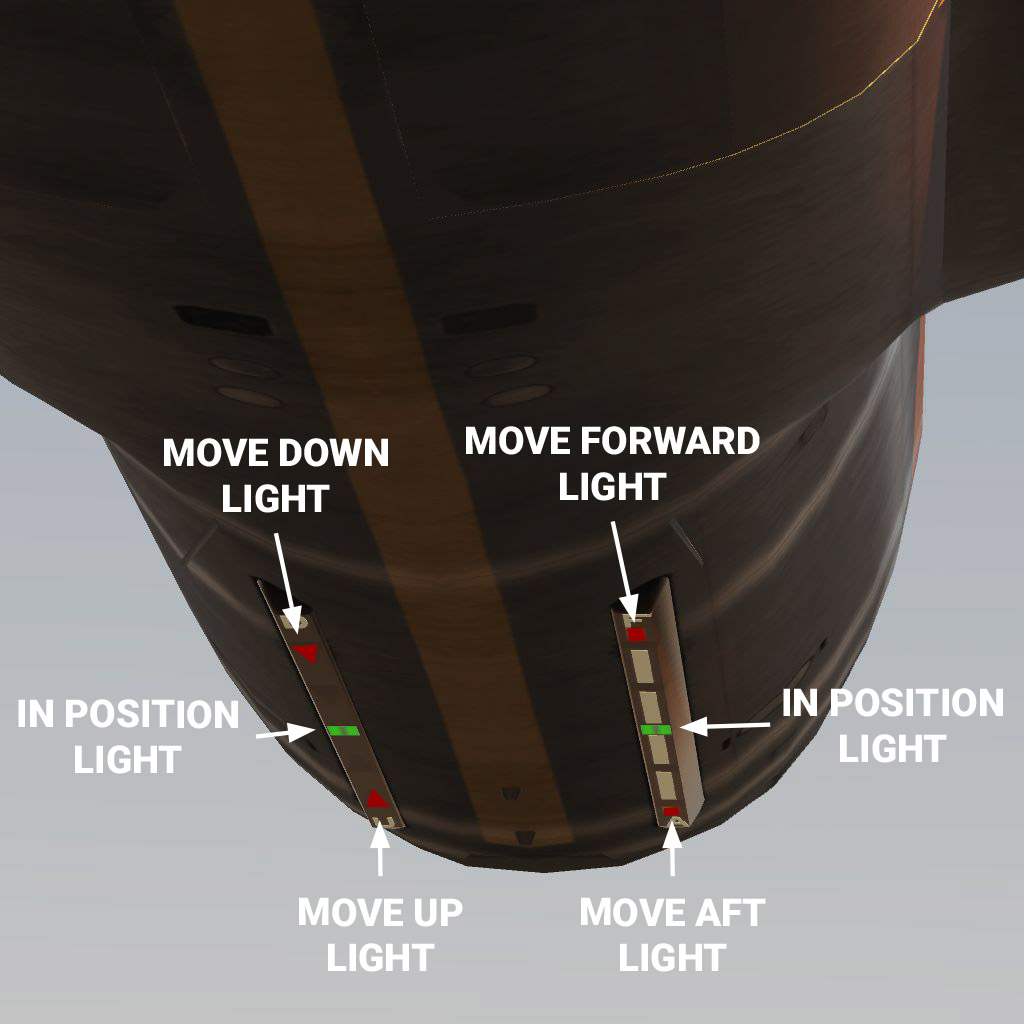
Here's my take on how DCS commands most closely map to the real-life throttle and stick controls. Note that many functions are not implemented in DCS (such as IFF and missile rejection), which is why some controls are unlabeled.
